Rethinking the Eating Club Spring 2018
About
In this studio, our class set out to critique Princeton University's institution of eating clubs through architecture. 11 mansions line Prospect Avenue and serve as the social hubs for the 70% of upperclassmen who are members of the clubs they house. During the first half of the project, I did in-depth research on Charter eating club, culminating in a 36"x36" comic representation of the building as a system, inspired by the style of Chris Ware. The latter half was dedicated to a radical reimagination of the eating club, for which I designed an ultra-long table snaking through Prospect Avenue.
Research Phase

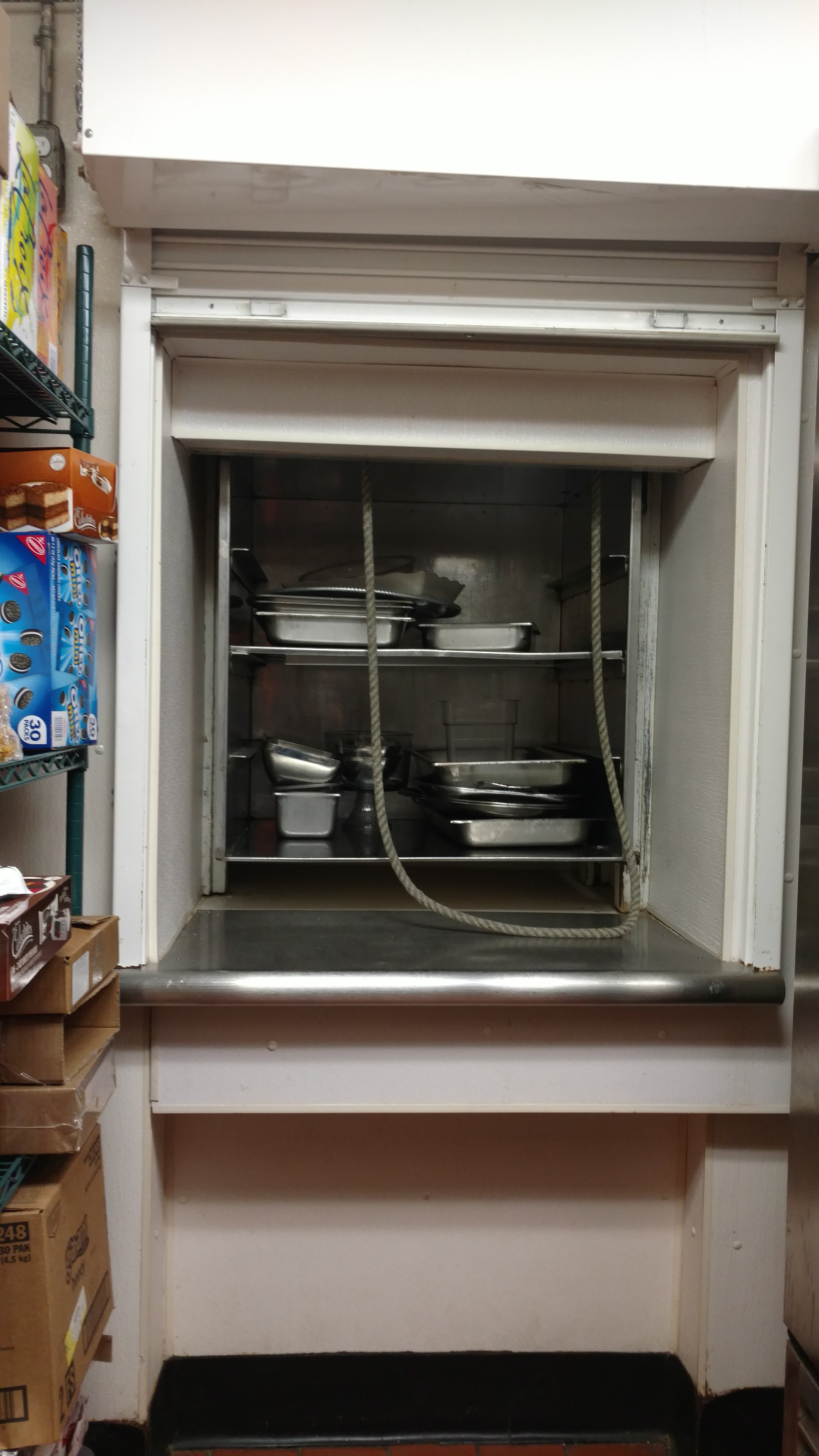
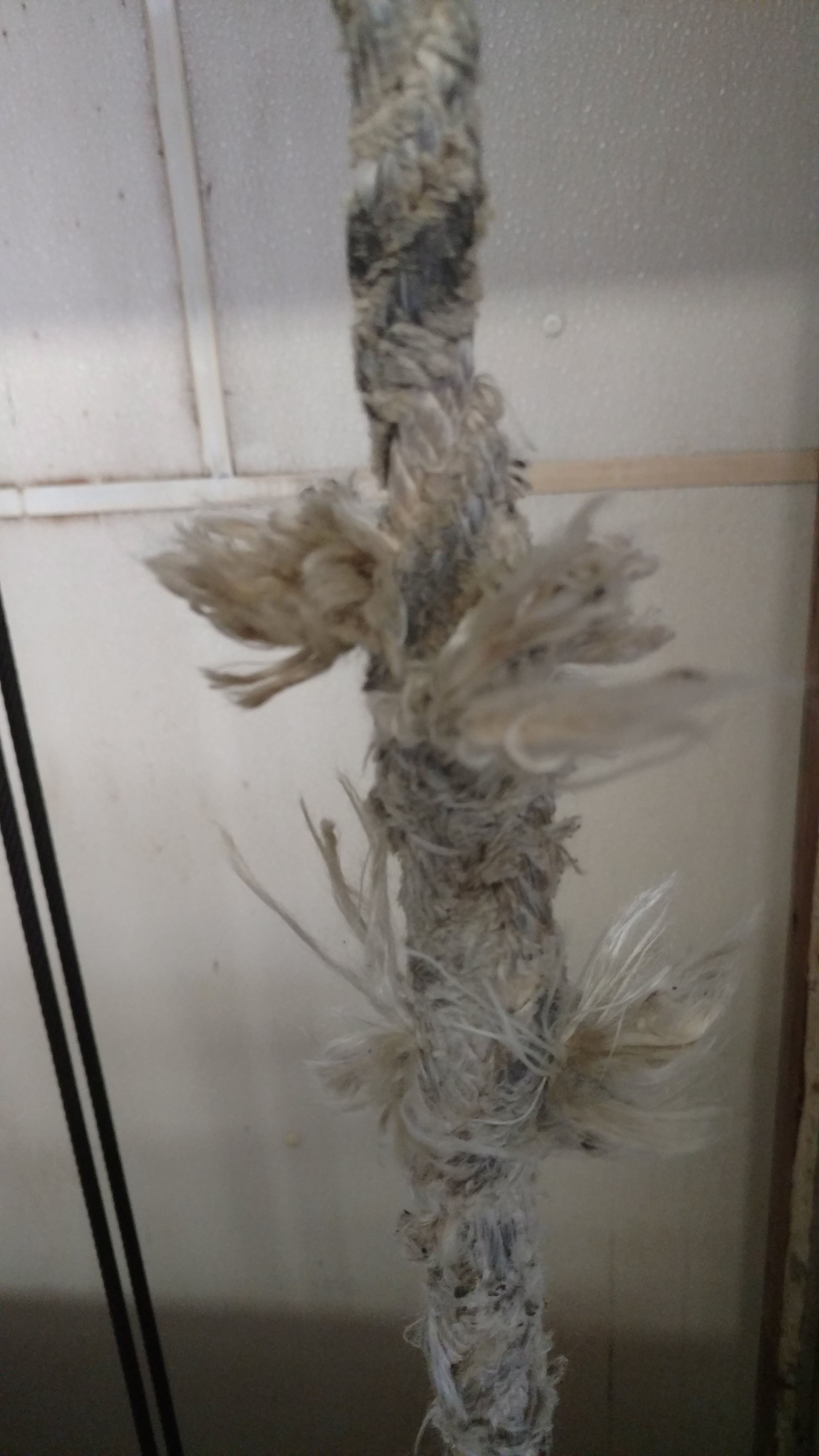
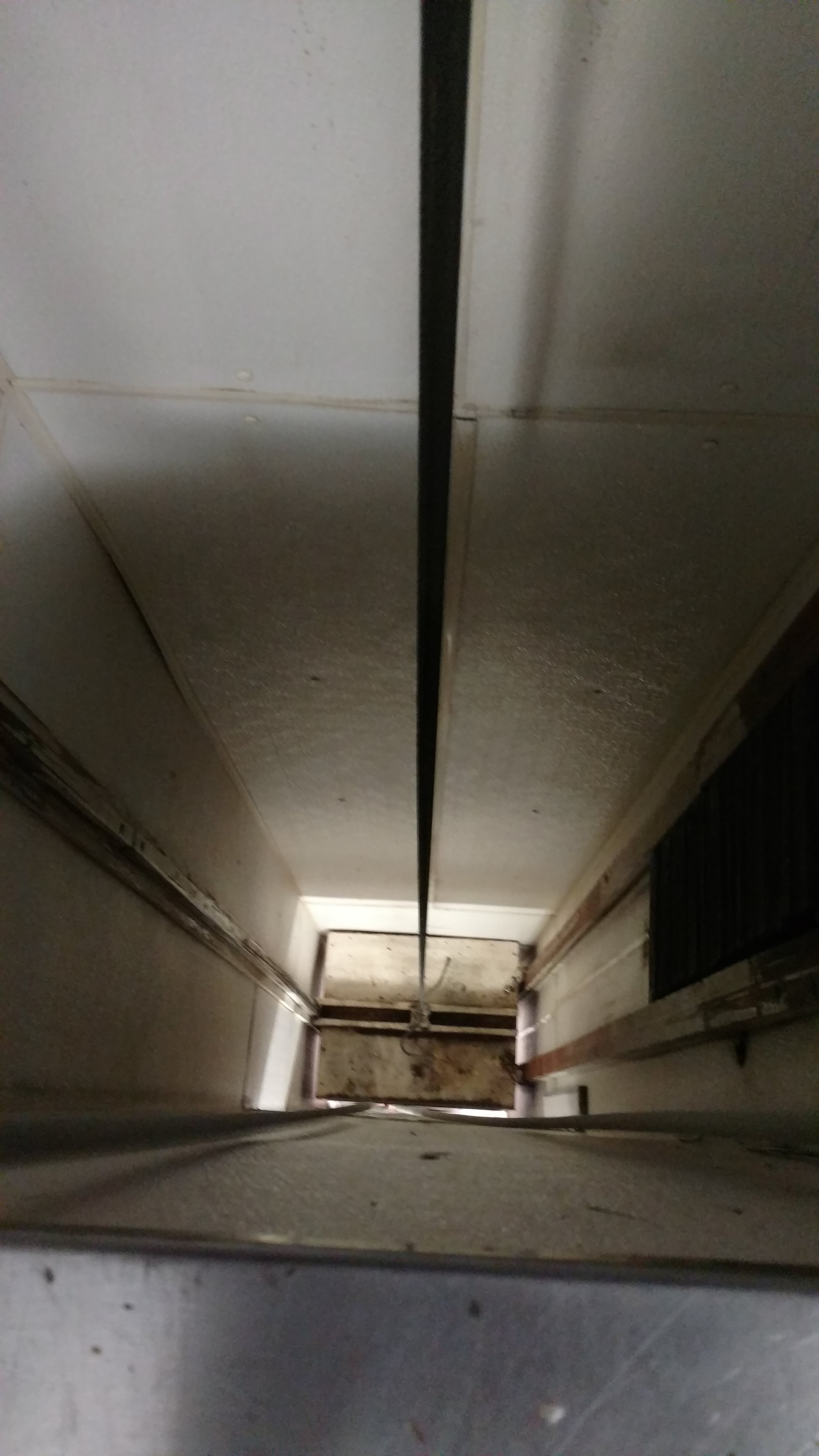


While Charter's chefs provide decadent meals for the club's members, it became clear that the system of the club and beyond was designed to conceal the sources of the food at every stage: from the ground to the vehicle to the kitchen to the dumbwaiter to the dining room to the trash and so on.

Using artist Chris Ware's style as inspiration, I formulated my research into a non-linear comic articulating the club as a fragmented system with both people and food as actors. The vertical hierarchy of spaces reflects the hegemonic power structures that make this architecture possible.
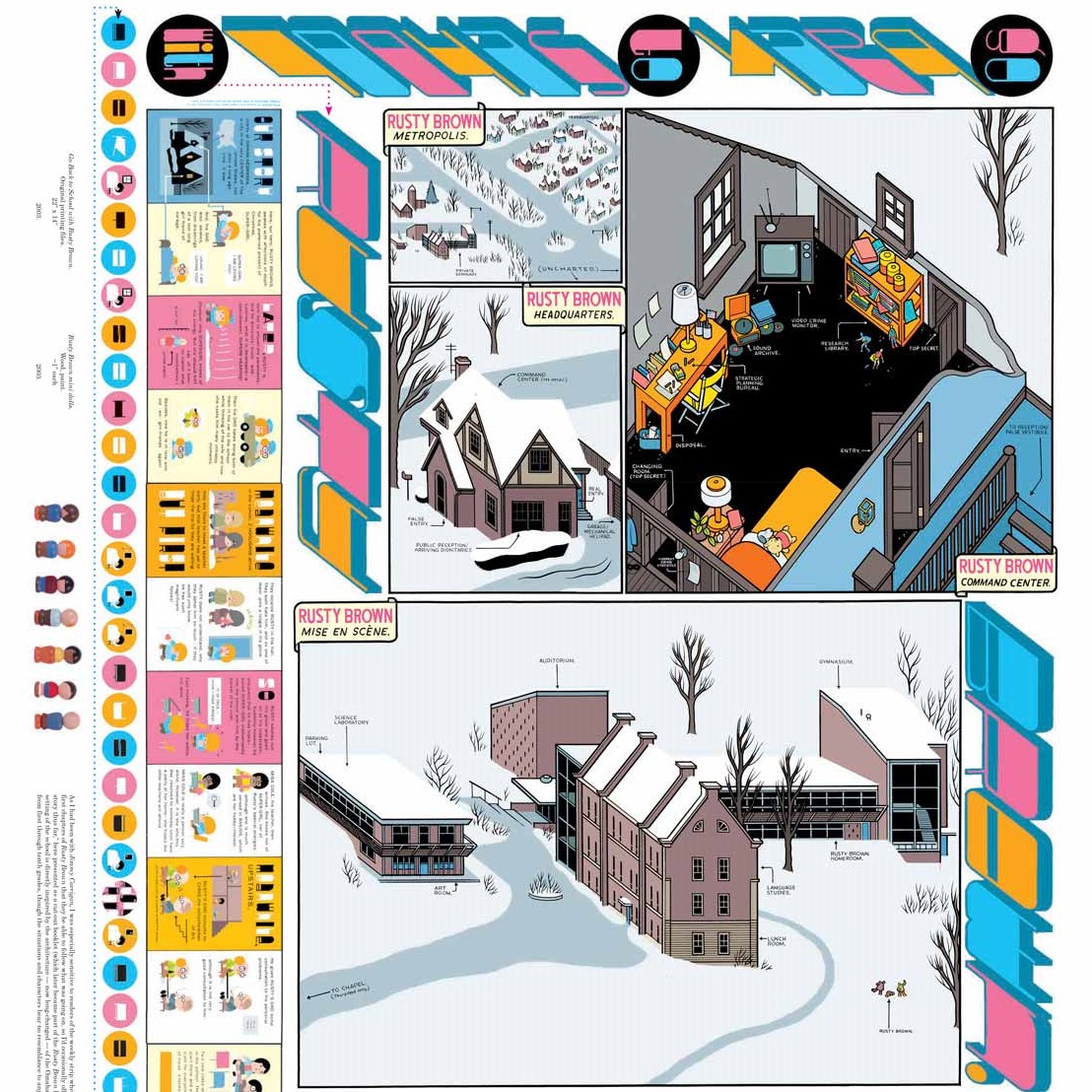
Design Phase

I reimagined the eating club as an extraordinarily long table snaking along Prospect Avenue and cutting through the clubs. I began the design of the table by considering its variability at both the urban and human scale. The table started to shape itself as a modular system of changing levels and directions.
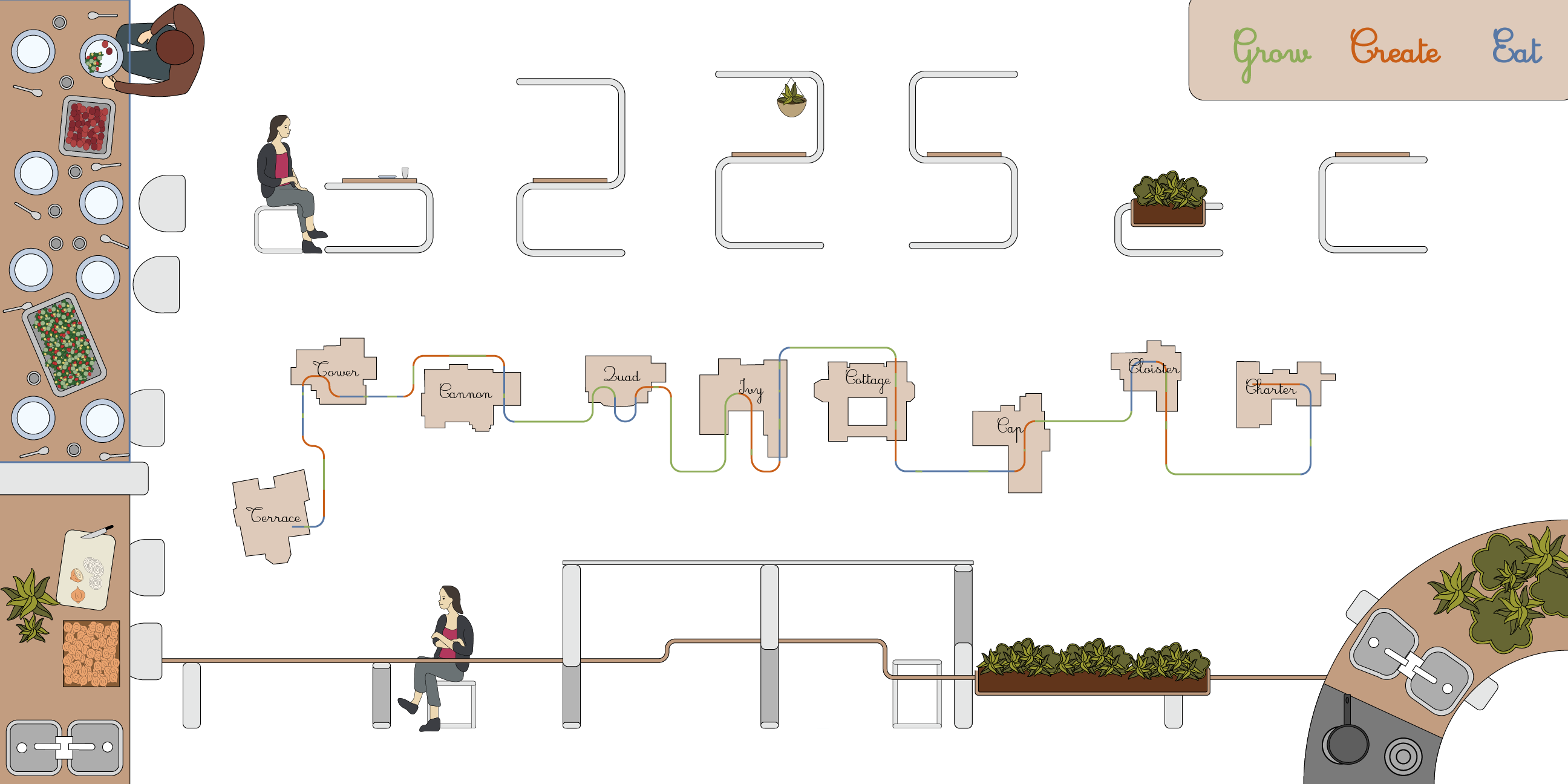

The Official Charter of Table 1. The Table admission process shall be non-selective, operating through a lottery. 2. All budgets and food sourcing information are to be openly accesible to individuals within the community. 3. Food should be sourced locally within reason. 4. Waste should be minimized by both administrators and individual members. 5. Each member shall cook once per week in addition to completing any tasks assigned by Table administrators. 6. Members of Table ought to respect the values of the community. 7. Table shall maintain an open guest policy, including towards eating club members.
